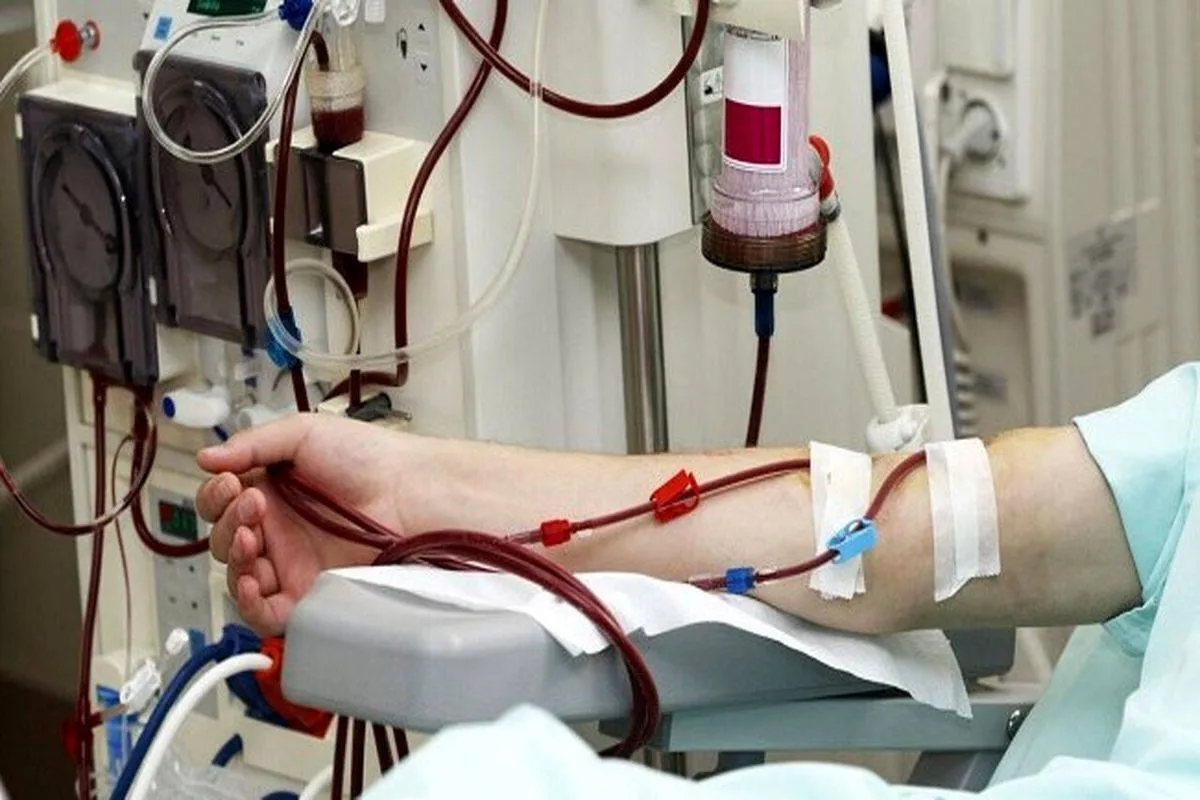Iranian Blood Transfusion Organization Launches Molecular Screening System

Mostafa Jamali stated that the Iranian Blood Transfusion Organization enjoys the highest global indicators of blood donation, adding, “In many indicators, we are the best country in the region and we are among the pioneers of 100% voluntary donation in the world.”
Noting that for the first time all the provinces of the country have been equipped with viral screening and blood grouping system, he said, “Molecular blood screening test was carried out for the first time in the organization to become assured of the blood’s health.”
“At present, we have a blood bag depot in Iran for six months. Also, the plasma that is sent abroad annually for drug conversion will reach over 300,000 liters this year.”
Earlier, in January, Iranian researchers had successfully produced electrodes made of laser-induced graphene (LIG) materials to produce hemoglobin and glucose sensors.
The researchers at a knowledge-based company based in the South Khorasan Science and Technology Park have launched production of aptamer-based biosensors. Using electrochemical methods, these sensors benefit from advantages such as high sensitivity, low detection limit, large linear detection range, and the possibility of being used in a broad range of solvents, electrolytes, and temperatures.
Using the microfluidics method based on the electric field, the company makes it possible to detect the aptamer sequence in only one round of the SELEX process. The selection process is done in the shortest possible time and at the lowest cost.
“The detection process in aptamer sensors is carried out on electrodes based on nanomaterials,” Rana Bagheri, the managing director of the knowledge-based company, said in an interview with ANA.
“Through research and development programs, the researchers of this company have succeeded in making electrodes based on LIG graphene, which due to its three-dimensional structure with high porosity increases the surface to volume and creates a more effective function for connecting to the target and increases the speed of heterogeneous electron transfer,” she said.
“Graphene powder, LIG electrode and silver ink are also other side products of this company. Graphene is a carbon material with unique properties. Among its interesting physico-chemical properties, it can be said that it has a very high specific surface area (2,630 g/m2 in single-layer graphene), excellent thermal and electrical conductivity, and high mechanical strength,” the researcher also said.
“LIG electrode is laser-induced graphene, which is obtained by irradiating polymers such as polyamide with a carbon dioxide laser and acts as a superconductor. Silver nanoparticles are also considered as the most suitable conductive ink due to their low resistance and high stability, which are used in printing and production of flexible electronic components,” Bagheri continued.
4155/v





















